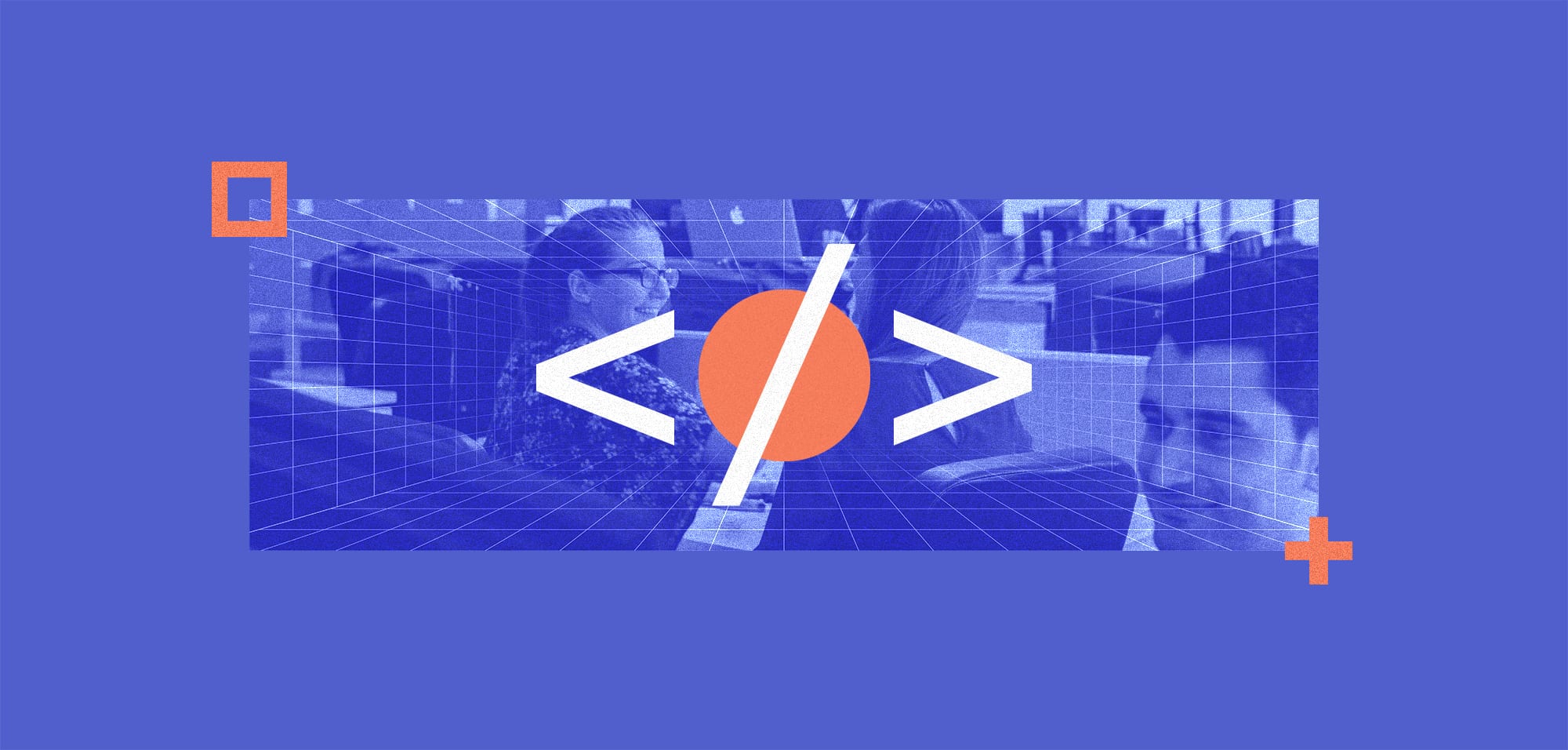
The Benefits of Integrating ISO 27001 with Other Management Systems
Table Of Contents:
The need for integrated management system standards is more critical than ever. An information security professional may have to juggle ISO 27001 for information security, ISO 9001 for quality management, ISO 14001 for environmental management, and ISO 45001 for occupational health and safety. Each standard comes with its unique set of requirements, processes, and audits. It’s akin to spinning plates, and it’s all too easy for everything to come crashing down.
But what if there was a different way? An integrated approach where each standard plays its part, but they all harmonise together? This is the magic of integration. It can pave the way for enhanced efficiency and ensure that all facets of the organisation are aligned with the same goals and objectives. Moreover, it sends a clear, consistent message to stakeholders about the organisation’s unwavering commitment to quality, security, environmental responsibility and employee safety.
The Case for Integration
Recent updates to these standards could provide an opportunity to overhaul the organisation’s approach to management. The transition to ISO 27001:2022 is recommended to commence as early as 2024. The ISO 9001 standard is anticipated to be revised by 2026. Meanwhile, the five-year anniversary of ISO 45001 in 2023 offered a chance to reflect on its impact and plan for a future affected by climate change.
Here are some reasons to consider closer integration:
Reduced duplication of effort:
Integrating ISO 27001 with related systems allows organisations to consolidate and optimise documentation that overlaps across standards, such as policies, risk assessments, training records and performance reports. An integrated audit can assess the organisation’s overall operational resilience. This greatly reduces duplicated effort around managing redundant paperwork and preparing for multiple audits.
Streamlined training for staff on integrated systems:
When integrating management systems, common training modules can cover topics like risk management, document control and incident handling in a unified way. Staff only need to be trained once on the organisation’s core integrated policies and procedures rather than learning separate requirements for information security, quality, environmental, and other standards. This makes it easier to maintain workforce competence.
Unified policies and procedures:
With an integrated management system, standardised operating procedures range from product quality to health records security to waste disposal. This eliminates potential conflicts between siloed approaches, while promoting a consistent culture of compliance across organisational workflows. Updates also become simpler when policies and procedures are consolidated.
Potential cost savings:
Integration enables potential cost savings via streamlining and shared utilisation of resources for documentation, auditing and training. According to ISO, organisations can achieve 20-60% cost savings over the first few years through integration. This allows resources to be redirected to optimising operations.
Holistic view of risk across operational areas:
An integrated approach provides a comprehensive overview of risk across domains like information systems, product quality and employee safety. This facilitates better risk-based decision making when setting security priorities and controls to safeguard overall organisational resilience. Combining perspectives is essential for robust governance.
Integrating with Quality Management (ISO 9001)
Ensuring product quality is a paramount concern across all industries. To achieve consistent quality standards in goods and services, many organisations implement ISO 9001 as an overarching quality framework. This necessitates sound data practices. By integrating ISO 27001 standards for managing information assets with the quality environment, the resources required to meet both standards can be shared efficiently.
Most importantly, information security controls can be strategically aligned to complement quality objectives within the organisation. Protecting sensitive customer data and intellectual property around key business processes helps prevent quality breaches before they occur. Suitable access controls and routine data integrity checks also provide safeguards if products or equipment should fail down the line due to data reliability issues.
Having robust information security further bolsters quality protocols by ensuring critical manufacturing, testing and reporting data remains complete and available to quality assurance teams in a timely manner. Stringent backup and recovery protocols are instituted in case of incidents or outages. And with an integrated approach, document version control and equipment audit traceability trails are kept up-to-date and trustworthy.
By ensuring information security is an enabler of quality management, organisations benefit from established risk frameworks, trained personnel and hardened systems working in harmony across operational vectors. This allows managers to identify threats early and dedicate resources quickly where needed – delivering consistent quality and operational resilience. Integrating ISO 27001 and ISO 9001 untangles data governance to let quality become an emerging property of protected processes.
Integrating with Environmental Management (ISO 14001)
With climate change and sustainability concerns front of mind, many organisations are prioritising ISO 14001 adoption to systematically limit their environmental impact. Managing energy consumption, waste streams, and conservation compliance through a comprehensive environmental management system (EMS) allows companies to reduce their carbon footprint.
Information security plays a crucial role in making these EMS initiatives operationally feasible. The cyber-physical security of industrial control systems and site data historians is critical so that energy use analytics remain trustworthy. Protecting operational technology through routine vulnerability assessments and access controls is paramount.
On the data side, instituting data retention schedules, backups and access controls helps provide environmental teams with the documentation and reporting reliability needed for ISO 14001 conformity over years-long timelines. Sound data governance practices improve regulatory compliance while also upholding an organisation’s reputation for sustainable progress via accurate emissions auditing and diligent report preservation.
Making information security ubiquitous reinforces integrity across critical environmental workflows. With reliable data important for conservation projects, organisations can rest assured the time and resources invested reflect authentic long-term impacts. Weaving data custody and integrity checks into EMS procedures sustains ecological leadership built upon a bedrock of information security. Pursuing ISO 14001 excellence with ISO 27001 as an intimate partner catalyses reality-based sustainable transformation.
Integrating with Health and Safety (ISO 45001)
The integrity of employee health records and safety incident documentation is imperative for organisations seeking to achieve ISO 45001 alignment. By interlacing information security protocols throughout occupational wellness and injury prevention programs, companies can enable greater workforce safety outcomes.
Implementing suitable access controls, multi-factor authentication and routine audits helps safeguard sensitive personnel health data, injury reports, workplace hazard logs and info related to corrective action items. This curbs potential unauthorised access or data tampering while promoting accurate recordkeeping—a boon for developing improved safety metrics.
Likewise, instituting data governance technology like robust backups and version control provides assurance that past safety records remain available for proactive risk analysis, while streamlining regulatory reporting around workplace incidents.
Weaving information security into health and safety infrastructure additionally facilitates impactful, risk-based decision making by leadership in prioritising resources to further reduce identified hazards. Reliable reporting breeds realistic assessment of safety teams, protocol updates, or training precisely where the organisation’s gaps exist.
Through embedded data protection, organisations reinforce productive patterns of accountability at all levels for upholding workplace health and safety from the ground up. When information security enables evidence-based safety planning, organisations can continuously improve standards while accident prevention and employee well-being become integral to everyday culture. An integrated ISO 45001 and ISO 27001 framework ensures health and safety flourishes based on a foundation of data security.
Key Success Factors
Realising the benefits of an integrated management system requires careful planning and execution. Organisations should focus on four key areas to set integration efforts up for both short-term wins and long-term sustainability:
Leadership endorsement and alignment:
When executives and managers visibly sponsor the initiative and tie it to core business objectives around risk reduction, efficiency, quality, sustainability and workplace safety, resources naturally start flowing towards integration. A compelling vision resonates across functional areas.
Extensive employee awareness training and engagement:
This helps to create grassroots momentum behind developing unified integrated procedures while reducing silos. Hands-on workshops and online modules that clearly communicate updated integrated policies and documentation processes empower staff to become ambassadors for the effort.
Gradual changes and iterative reviews:
For example, starting with a single department or site as an integration pilot gathering employee feedback allows refinements before expanding the rollout. This agile approach is flexible to the organisation’s needs.
Cross-departmental governance teams or excellence councils:
These can collaboratively finalise integrated procedures to tap into diverse subject matter expertise. Professionals from information security, quality, environment, health and safety and operations synthesise siloed documents into unified policies, training programs and reporting tools. Co-creation breeds engagement.
With these success factors enabling a purpose-driven, collaborative campaign supported by leadership through every phase, integrated management system efforts can transform disjointed legacy structures into drivers of enterprise resilience and operational excellence.
The Path Ahead
When an organisation reaches that future state where ISO standards spanning information security, quality, sustainability and employee safety are fully unified into a streamlined integrated governance framework, the operational landscape is transformed.
With holistic visibility of risks and performance, leadership can steer the organisation strategically using a single source of truth. Resources flow optimally to address the most pressing needs, no longer impeded by barriers between functions. Innovation flourishes in an environment where security, quality and environmental responsibility become innate aspects of any new initiative.
Moreover, integrated systems allow organisations to tell a powerful story to customers and the public—one of resilience, efficiency and social responsibility woven into every business process from the ground up. This builds stakeholder trust and investment like never before.
Ultimately, integrated management systems pave the way not just for incremental improvements, but an exponential uplift across operational domains. They usher in a future where organisations can reinvent themselves rapidly in response to disruption. Where people can expect fulfilling work experiences safeguarded by evidence-based wellness protocols. And where sustainability progresses hand-in-hand with economic goals. The synergy between standards heralds a new era of possibility.
Integrating ISO 27001 with other management standards is not just a smart move—it’s a necessity for today’s organisations. It’s the secret to transforming a cacophony of requirements into a symphony of efficiency and effectiveness. For GRC professionals and those working on ISO27001, it’s the next leap forward in their journey towards excellence.




